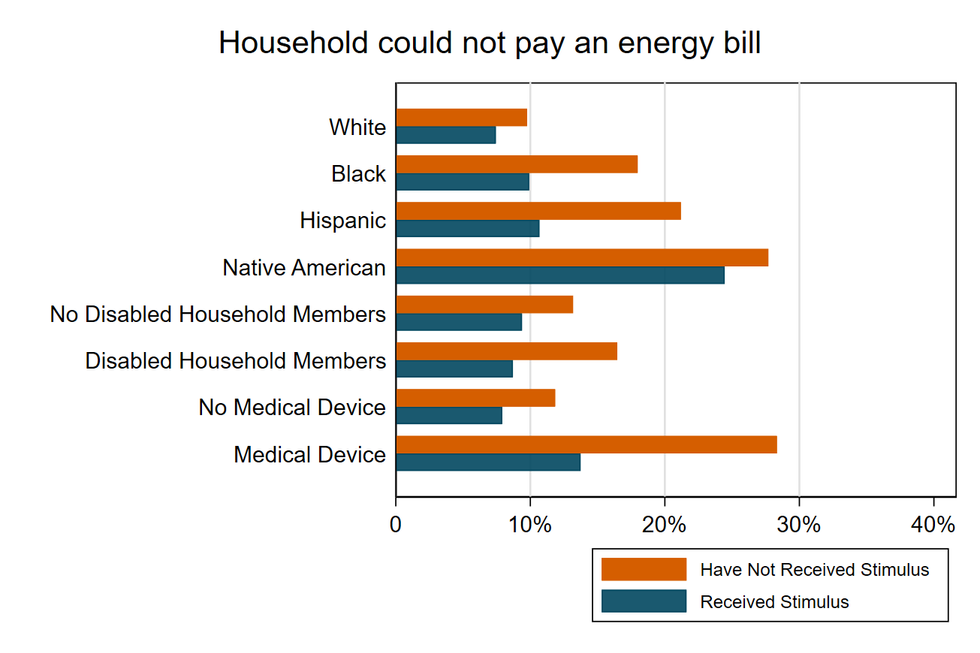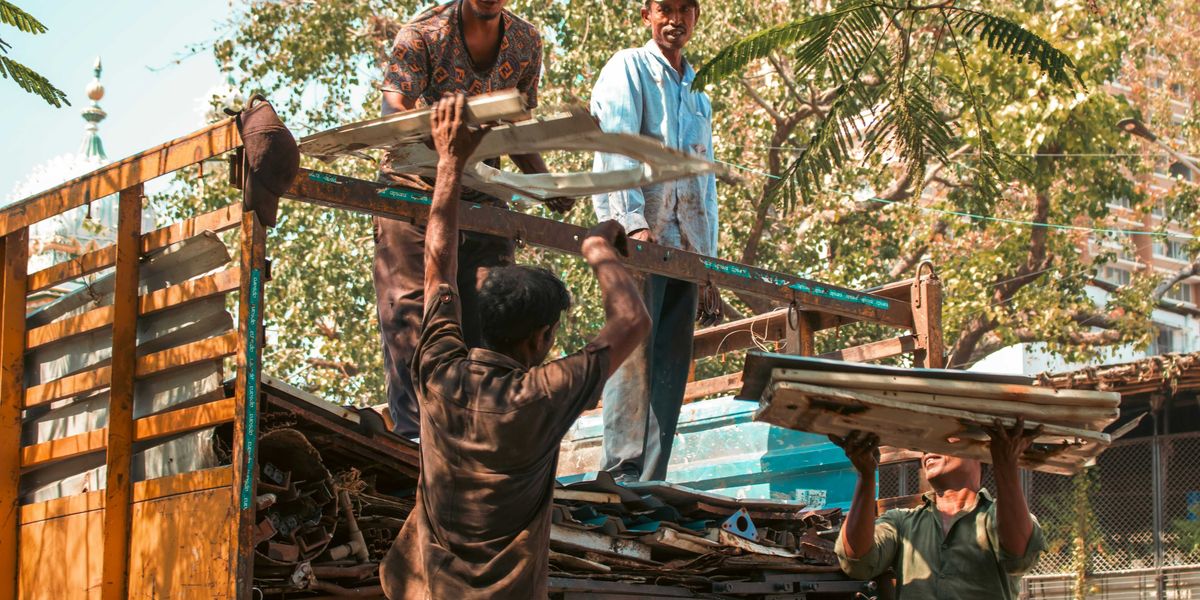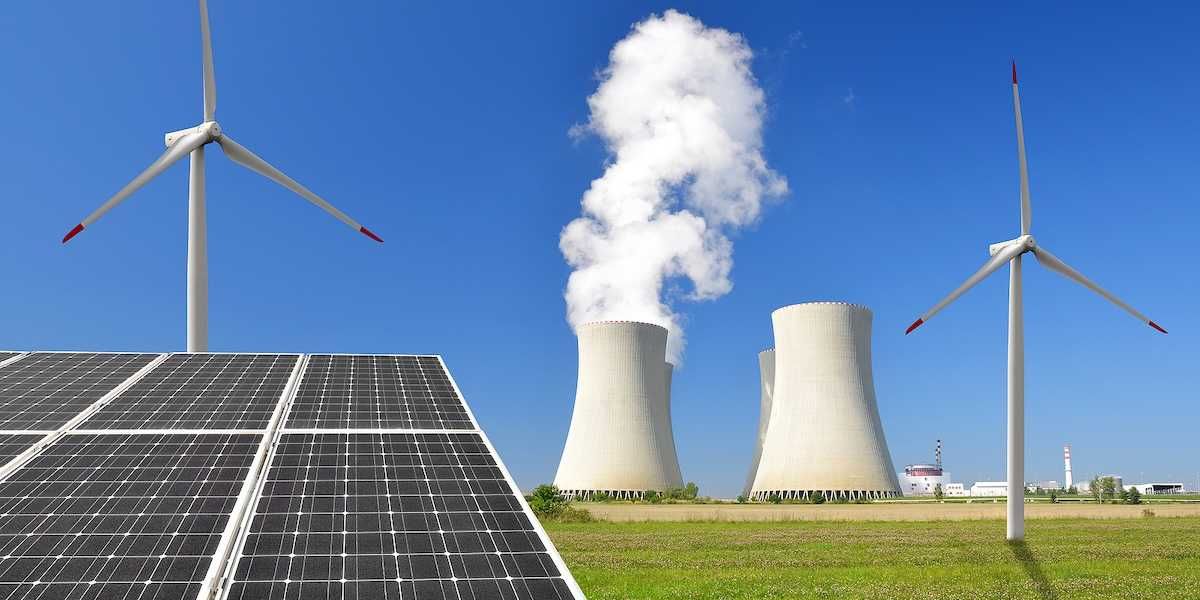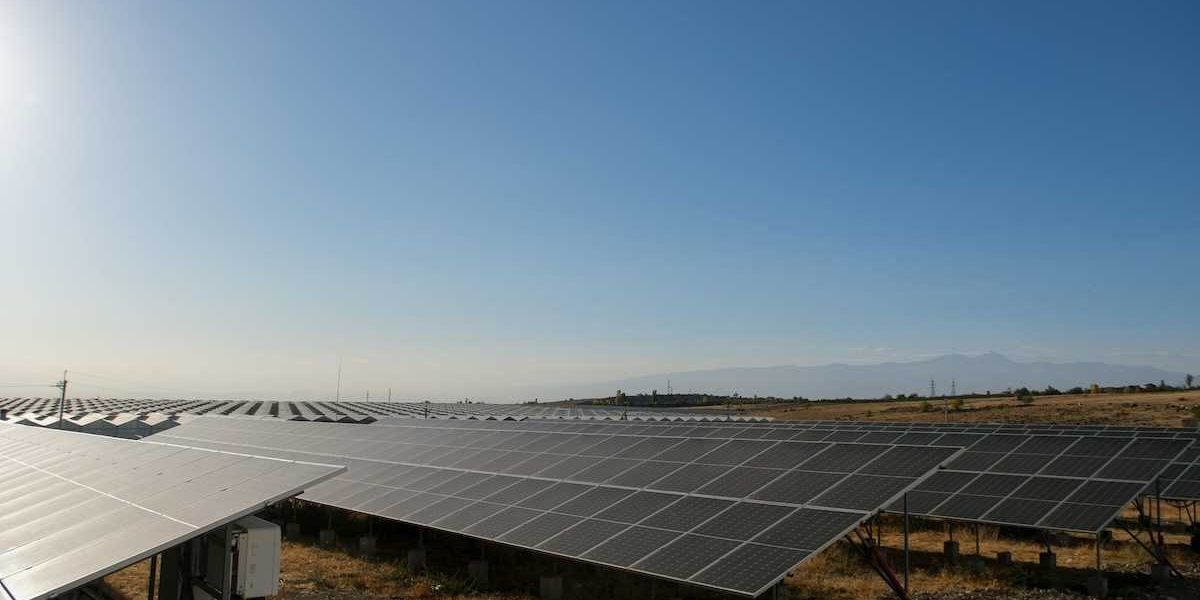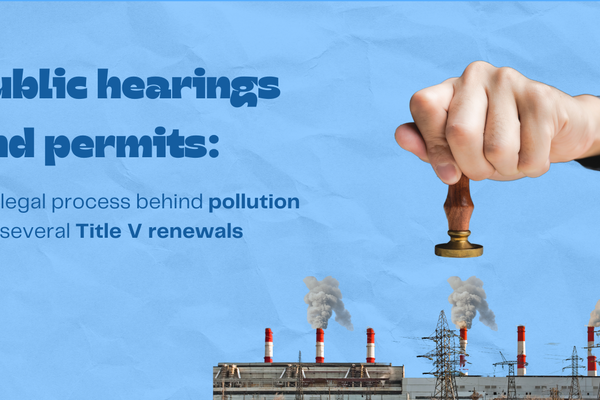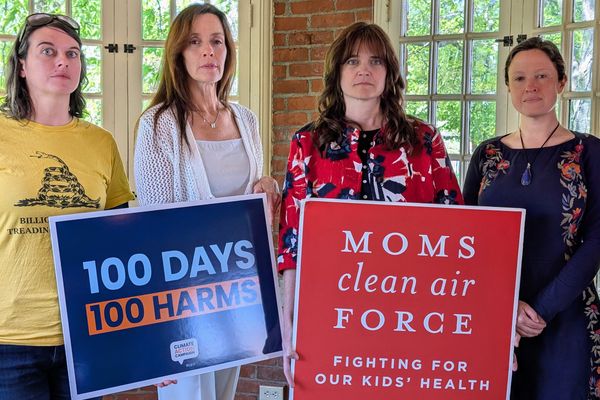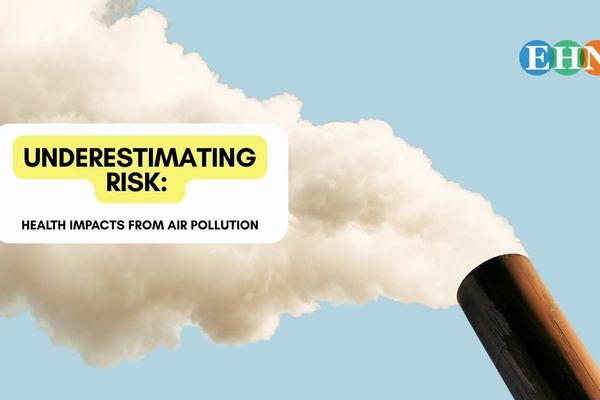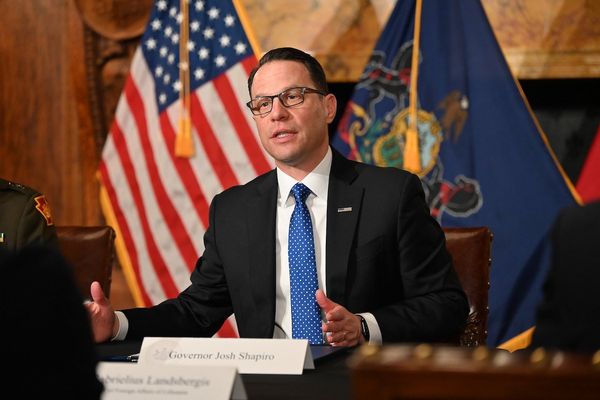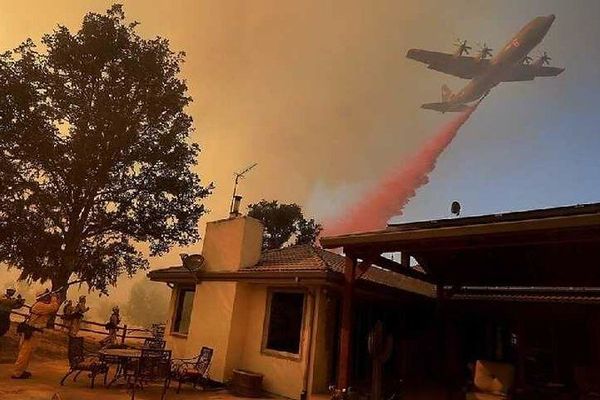
Coronavirus is creating a crisis of energy insecurity
Fallout from the COVID-19 pandemic has led to unpaid bills and energy shutoffs in many vulnerable US households. Indiana University researchers warn we need to act now to avoid yet another health emergency.
As the nation remains in the grip of the COVID-19 pandemic, a more insidious crisis is taking root as households are unable to pay their energy bills, risking serious health consequences and increasing debt, while federal and state governments fail to adequately protect vulnerable families.
Before COVID-19, one in three American households were struggling to pay their energy bills.
An increase in extreme temperatures – brought on by climate change – combined with rising energy costs forced consumers to make impossible choices between keeping their lights on, purchasing food, or seeking medical care.
The COVID-19 pandemic only exacerbated this problem. As individuals lost their jobs at alarming rates, they were also asked, or mandated, to stay at home to stop the spread of the virus. This led to an unexpected increase in residential energy use and corresponding energy bills.
In a new nationally representative survey of 2,381 low-income households, administered in May 2020, we find that the pandemic has deepened energy insecurity. Those who lost their jobs or had their hours reduced due to the pandemic were three times more likely to report an inability to pay an energy bill in the previous month.
In addition, like COVID-19 itself, energy insecurity has disproportionately worsened for vulnerable populations. African American (16 percent) and Hispanic (19 percent) households were far more likely to report difficulty paying an energy bill in the last month compared to White respondents (9 percent).
The problem is also worse for households with young children, those with disabled members, and those who rely on an electronic medical device.
Respondents who power a medical device at home were twice as likely not to be able to pay an energy bill in the past month, three times as likely to receive a notice from their utility provider that their energy is in jeopardy of being disconnected, and more than four times as likely to have their service shut off.
These heightened levels of energy insecurity could spur a health crisis in low-income households by exposing at-risk populations to the summer heat while simultaneously hindering their ability to seek or afford medical care. While some policies have been implemented, the situation remains dire as several of these measures are temporary; however, there is a path forward for policymakers to protect vulnerable families by suspending all utility disconnections, forgiving late payment fees, and increasing funds for energy bill assistance throughout the hot summer months.
Health impacts
As the energy insecure population grows in the U.S., the health consequences could be calamitous, not only for those who are disabled or require an electronic medical device but also for those who live in poor housing conditions.
Energy insecurity and deficient housing stock have been linked to negative health outcomes, including increased rates of asthma, respiratory infections, and mental health issues, especially in households with children and senior citizens.
Approximately 20 percent of survey respondents noted that their home was drafty or had poor insulation; 9 percent had holes in the floors and walls; and 7 percent did not have a working air conditioner. An additional 12 percent responded that they had mold, which is associated with bronchitis, upper respiratory tract symptoms, and higher rates of depression.
The coming summer months, which are poised to be one of the hottest on record, are another looming threat. If economic conditions do not improve, millions of Americans will be vulnerable. An estimated 65,000 people visit the emergency room each year due to acute heat illnesses; however, this summer could be comparatively severe as 25 percent of our survey respondents either lost their health insurance entirely (15 percent) or were put on a less generous plan due to COVID-19, and 40 percent of respondents indicated that the pandemic has harmed their ability to seek medical care.
In response to their energy insecurity, a third of households reported taking extreme measures to maintain comfortable temperatures in their home in the last year. Some of these measures are dangerous, such as using space heaters, which are the leading cause of household fires and associated deaths; turning on their stove; and burning trash.
As temperatures rise, we expect families to use methods of cooling their homes that will allow them to stay comfortable while keeping their energy costs low, such as taking cold showers, buying regular and dry ice, and using fans. Because we only expect conditions to worsen, it is critical that policymakers address energy insecurity; otherwise, the summer of 2020 will present unprecedented challenges to already-struggling American families.
Inadequate policy responses
In the early weeks of the pandemic, the federal government took several steps to offer relief. The Coronavirus Aid, Relief and Economic Security (CARES) Act provided every eligible low-income American with $1,200 in stimulus funding.
However, at the time of our survey, only 32 percent of respondents had received their check, presumably because low-income individuals are less likely to have a bank account or file their taxes through direct deposit. These delays have left many vulnerable during the early days of the pandemic, especially those that are energy insecure.
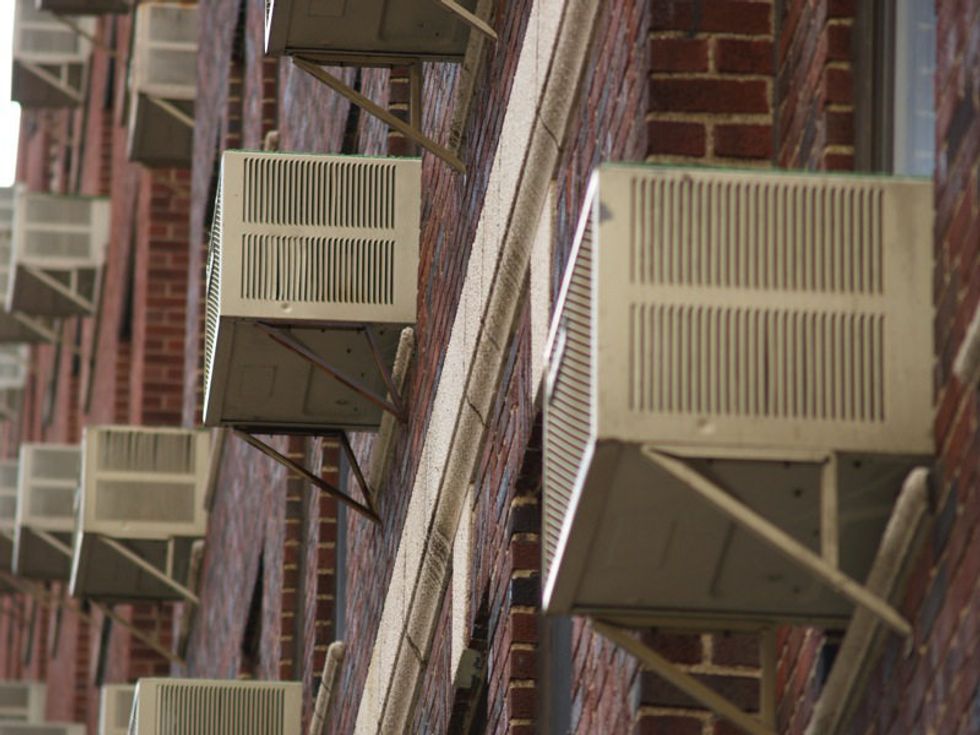
Air conditioners in Brooklyn Heights. An estimated 65,000 people visit the emergency room each year due to acute heat illnesses; however, this summer could be comparatively severe. (Credit: Bonnie Natko/flickr))
Our survey results imply that those households that did receive a stimulus check were more likely to be able to pay their energy bill in the immediate aftermath of the COVID-19 outbreak.
Additionally, Congress extended federal unemployment insurance for those who lost their jobs because of the pandemic; yet, these benefits are set to expire at the end of July.
Finally, the CARES act provided $900 million in additional funding for the Low Income Home Energy Assistance Program, which helps low-income households pay their energy bills; however, leading energy advocates are calling for billions in additional funding to meet the growing need for assistance through the summer months.
State governments and utility commissions also enacted measures to protect residents. As of June 2020, more than half of state governors signed orders to prevent utility shutoffs, though these protections vary greatly. They range from full moratoriums to narrow protections that leave millions susceptible to immediate disconnection and eventual debt accrual if they cannot pay their bill.
In addition, many of these orders are set to expire soon, with two thirds of the population projected to be unprotected by July and 88 percent unprotected by August.What can we do?
As we enter the warmest months of the year, stimulus relief is drying up and temporary protections are ending, leaving millions of families at risk for devastating financial and health-related consequences. Policymakers should consider near- and longer-term responses to help relieve the growing material hardship on families.
In the near-term, the federal government should impose a federal moratorium on all utility shutoffs and forgive late fees at least through the hot summer months. Congress should also increase appropriations for Low Income Home Energy Assistance Program so states can extend their utility bill assistance programs. In the longer-term, the federal government should design a stimulus package that invests in clean energy technology and increases funding for the Weatherization Assistance Program, which improves poor housing conditions by subsidizing energy efficient upgrades for low-income residents. An investment in the program would simultaneously help vulnerable households lower their energy bills, improve their health, and help those in the efficiency industry get back to work as the U.S. economy reopens.
As the economic and public health crises persist in the U.S., policymakers should prioritize helping households meet their energy needs.
Without relief, the repercussions could last well beyond the COVID-19 pandemic, especially for vulnerable families.
Michelle Graff is a PhD candidate at Indiana University's Paul H. O'Neill School of Public and Environmental Affairs. Trevor Memmott is a PhD student at Indiana University's Paul H. O'Neill School of Public and Environmental Affairs.
Their views do not necessarily represent those of Environmental Health News, The Daily Climate or publisher, Environmental Health Sciences.
See the full study and survey, "Survey of Household Energy Insecurity in Time of COVID."
Banner photo: Man endures summer heat in Brooklyn, 2011. (Credit: Rawle C. Jackman/flickr)

